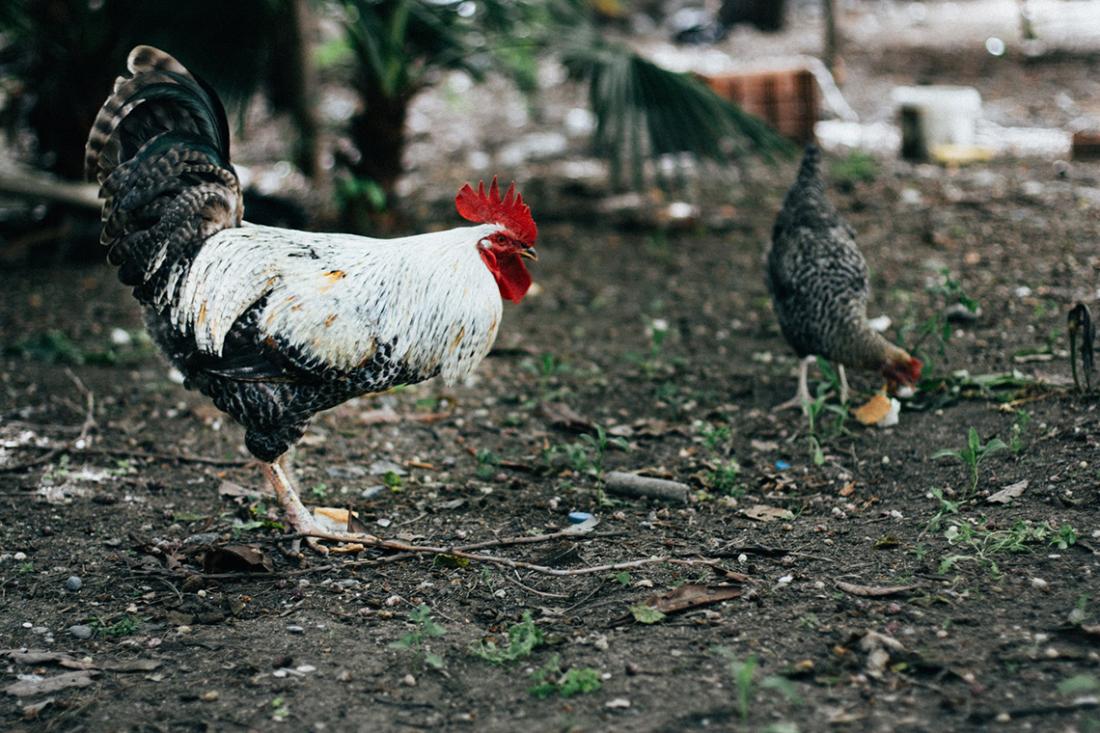So we've been talking about what is Material Science and Engineering. And in this demonstration, I would like to show you an example of how we manipulate materials. Except here, what I'm going to do is I'm actually only going to manipulate the physical structure of the material. I'm not going to change the chemistry.
And so what I have in front of you is a couple of pieces of stainless steel. And here on my left is stainless steel as we all know and love and use in everyday life. And to show what happens when I change physical structure, we're going to do sort of a thought experiment. And so what I have in my hand here is a ball bearing. And I'm going to, in a minute, drop this ball bearing and let it hit the piece of steel. But before we do that, let's think about what's going to happen.
So as I drop the ball, it has kinetic energy, it's going to strike the surface. And that energy is going to be transferred into the surface. And what's going to happen is that this piece of stainless steel is going to receive that energy by deforming. And that deformation is made possible by a movement of dislocations. And the best way that I can sort of explain this is to try to pass my knuckles past one another. OK. When I try to do this there's a little bit of energy I have to overcome. But once I do that, they slide pretty nicely. All right. That's dislocation motion in metals.
And so what's going to happen is as this ball hits the surface, the dislocations are going to move, and that's going to absorb energy. That energy that's absorbed is no longer going to be in the ball bearing. And so as a consequence, the ball bearing will bounce but not very far. So let's see that in action.
Pretty boring. All right. So now what I'm going to do is I'm going to take this piece of metal, which we've previously described as being crystalline. And I'm going to change that crystalline nature too amorphous. So the opposite of crystalline is amorphous. Crystalline, I have periodic arrangements of atoms, very ordered structure, every atom looks like every other atom. Think of a marching band, marching in line. Now what I'm going to do is I'm going to take this piece of steel and I'm going to melt it so it's a liquid. And then instead of allowing it to cool slowly to equilibrium, I'm going to cool it at thousands of degrees per second. And in doing that, I'm going to freeze in this amorphous structure.
An amorphous structure would be random chaotic arrangements of atoms. So that no two atoms look the same in terms of their neighborhood and the neighboring atoms. And the most obvious example of an amorphous material is window glass. So window glass is a solid with an amorphous structure.
So now we're going to do the exact same experiment. I'm going to drop the ball but now it's going to land on a piece of this amorphous metal or what we call metallic glass. And let's see how that changes the behavior.
So now since this material is amorphous, the dislocation movement mechanism is no longer present. And so as a consequence, there's no really easy way to transfer the energy from that ball into the surface of that material. And so as a consequence, more of the energy goes back into the ball. And so the ball continues to bounce and bounce and bounce. And so this metallic glass or amorphous metal is used in things like golf clubs, racquetball rackets, recreational items. And obviously here what I'm trying to do is, well if I'm hitting the ball with something, and less of the energy is going in to the object that does the hitting, and more of that energy goes into the ball, the balls going to go further.


